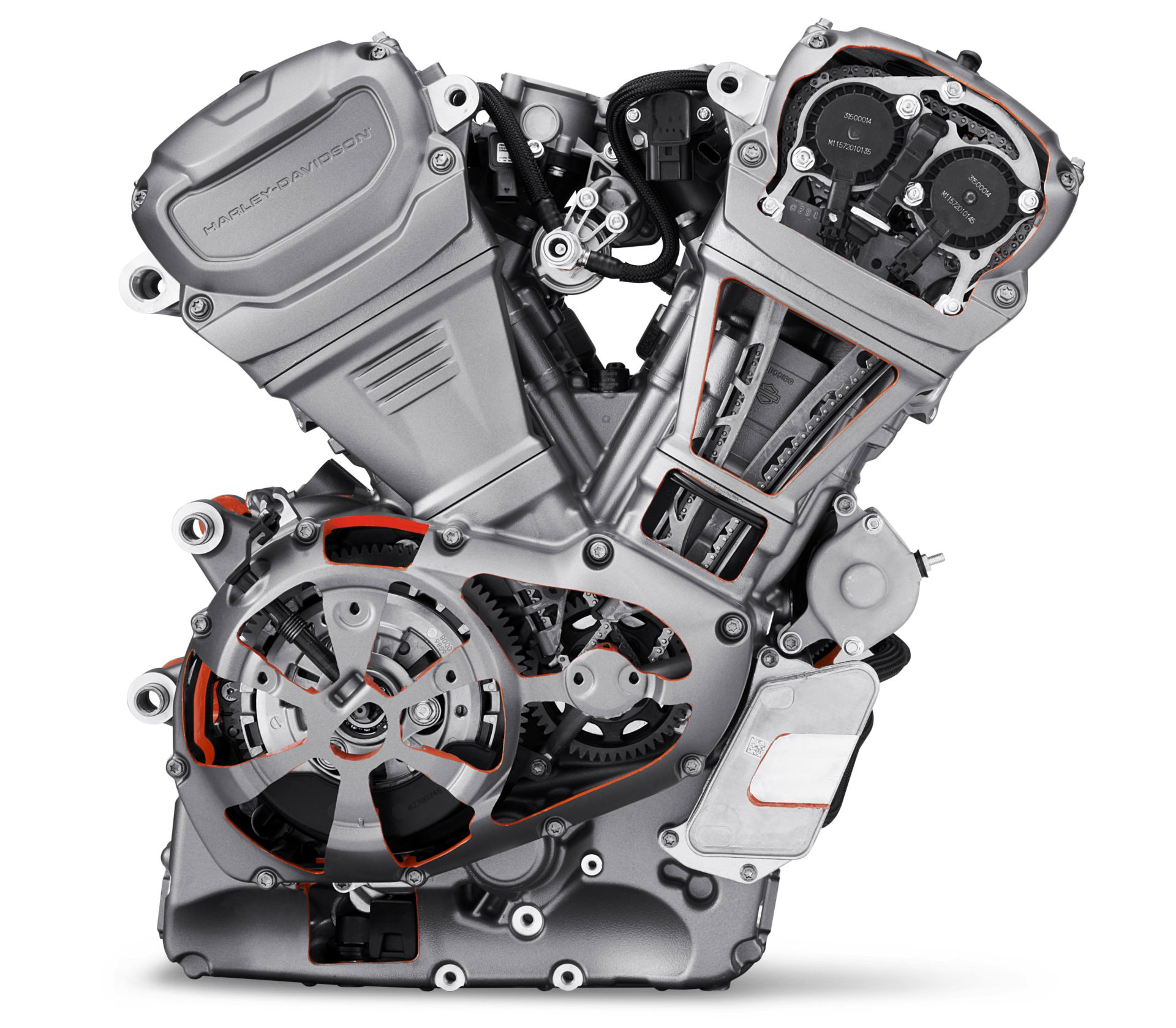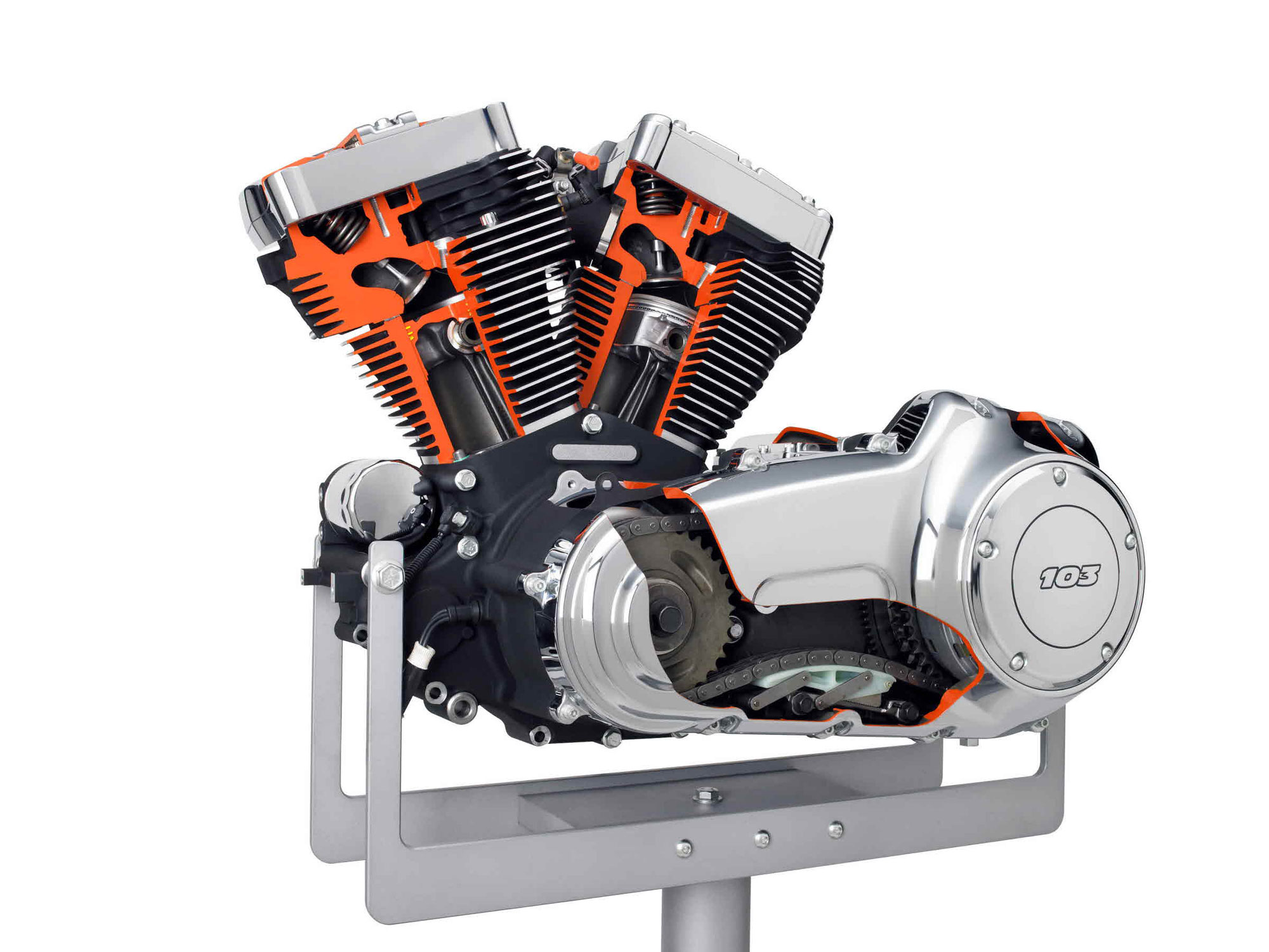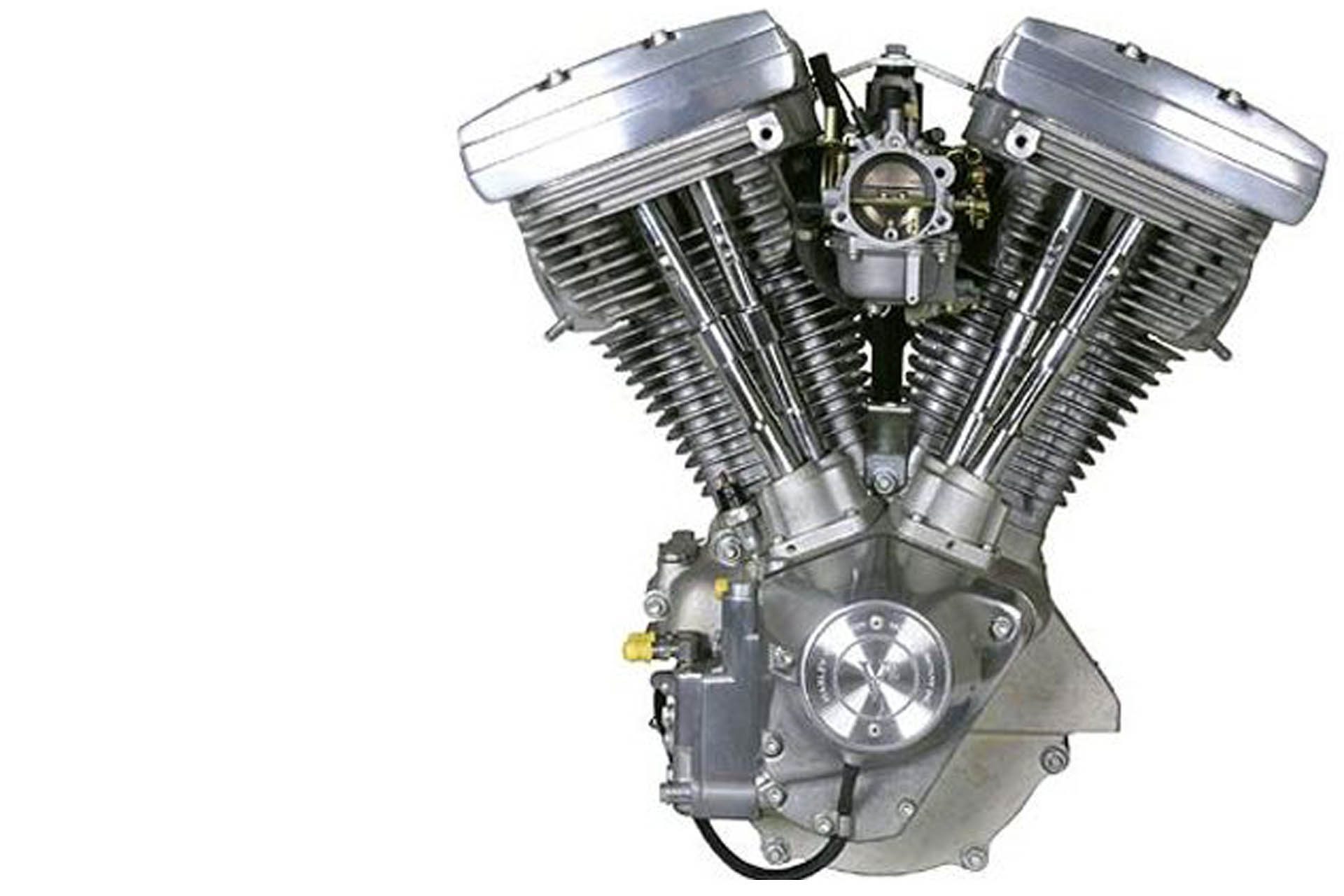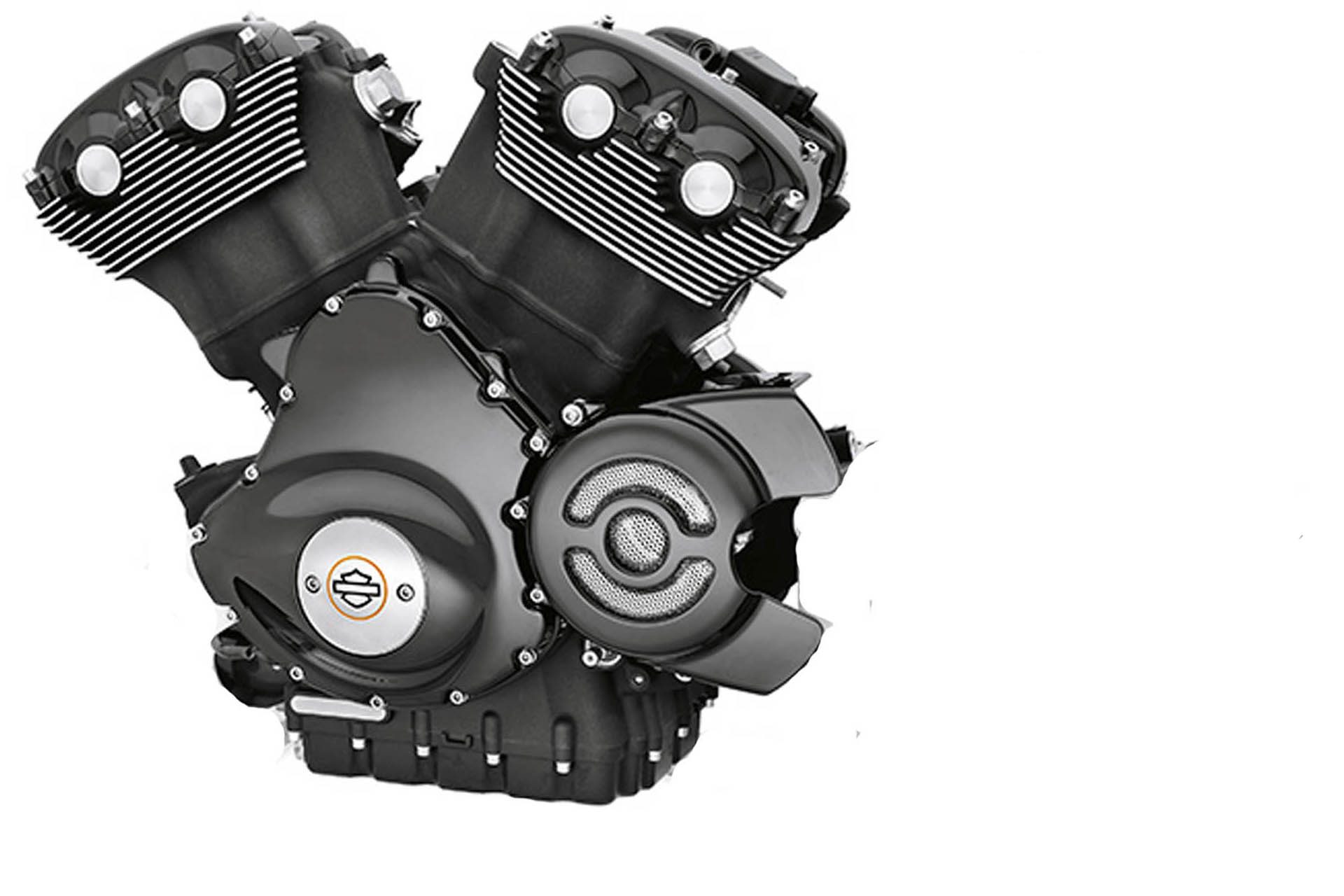Harley Davidson Engine V Angle

The crankshaft has a single pin and both pistons are connected to this pin through their connecting rods.
Harley davidson engine v angle. However the classic Harley-Davidson engines are V-twin engines with a 45 angle between the cylinders. By Sagar Patil on January 30 2020 1130 LISTEN 0302. The engine was moderately successful but the use of the vacuum actuated atmospheric inlet valves limited the engines ability to rev at higher speeds.
A 90 degree will fire every 270450 degrees. Harley-Davidson has been giving. Harley-Davidsons Revolution Max 1250 engine was assembled at the companys Pilgrim Road Powertrain Operations facility in Wisconsin.
The crankshaft has a single pin and both pistons are connected to this pin through their connecting rods. The V-Twin features a 1250cc displacement with a bore and stroke of 413 105mm x 283 72mm and is capable of 150 horsepower and 94 ft-lbs. Yet the history of Harley-Davidson engines has followed almost as many twists and turns as the iconic American company itself.
This one was supposedly around 1600cc with a 72 degree V angle and output around 170 horsepower. A new engine was developed in which the camber angle of the cylinders began to be 60 degrees and in classic Harley Davidson engines the camber angle is always 45 degrees. In the airheads the rear one leads the front by 45 degrees of crankshaft rotation or about 12 inch of travel in the cylinder.
A 90 degree engine is the perfect angle for balance. A Harley engine has two pistons. The two-cylinder engine with a 45 cylinder angle is designed by Harley-Davidson to achieve more power than the current single-cylinders.
We take a look at the history of Harley-Davidson power and how the engine designs have changed over almost. The cylinders were placed at a 60-degree angle rather than the 45 degrees that. The engines are air-cooled.



















